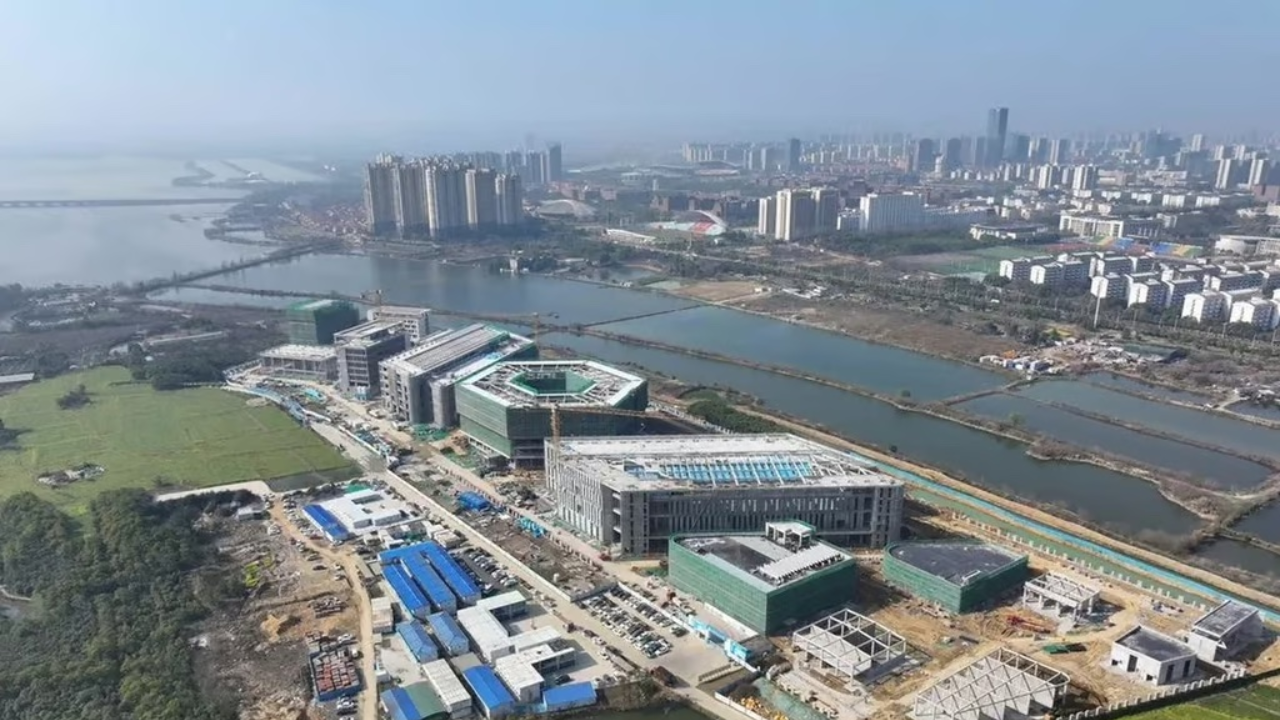China’s Revolutionary Strategy for Nuclear Energy: Preparing to Introduce the World’s First Fusion-Fission Reactor by 2030

The Advancements in Fusion Energy: China’s Xinghuo Reactor
Introduction to Fusion-Fission Technology
China is making significant strides in the field of nuclear energy with the development of the Xinghuo reactor. This groundbreaking project, set to become the world’s first commercial fusion-fission reactor, is planned to be operational by 2030. Its success could position China at the forefront of energy innovation, particularly important as demand grows in various sectors, including artificial intelligence (AI) and advanced technology industries.
The Importance of a Reliable Energy Source
Rising Demand for Electricity
As AI continues to break boundaries, evident in the recent launch of AI systems like DeepSeek, the demand for energy is soaring. Data centers that operate AI applications, including those supporting technologies like OpenAI’s ChatGPT, are consuming vast amounts of electricity. The energy requirements of AI-specific graphics processing units (GPUs) are substantially higher than those of traditional computing units (CPUs). Consequently, there is a crucial need for efficient and cost-effective energy sources to sustain this accelerating growth.
China’s Vision for Leadership
With the Xinghuo reactor, China aims to dominate the energy sector, providing a solution that aligns with its overall strategy to become a leader in technology. By developing advanced energy solutions, the country is shifting from a historically imitation-based economy to one driven by global innovation.
How Does the Xinghuo Reactor Function?
Unique Fusion-Fission Hybrid Approach
Located on Yaohu Science Island in Jiangxi province, the Xinghuo reactor utilizes a novel method that marries fusion and fission processes. This hybrid approach aims for exceptional energy efficiency. The design intends to achieve a Q value (which indicates the output of energy compared to the input) greater than 30, meaning it could produce 30 units of energy for every single unit consumed. For perspective, the Q value framework shows the US National Ignition Facility achieved a Q value of only 1.5 in 2022, and France’s International Thermonuclear Experimental Reactor (ITER) aspires for over 10.
The Technical Challenges of Fusion Energy
Fusion energy is often regarded as the ‘holy grail’ of power generation; however, practical applications have been elusive due to significant technical obstacles. Unlike traditional fission reactors, fusion requires extreme heat and pressure to maintain its reactions, making it challenging to control. The innovative approach of using fusion to drive fission could potentially overcome these challenges, paving the way for accelerated commercial energy production.
China’s Broader Technological Strategy
Transition from Imitation to Innovation
China’s investment in fusion-fission technology reflects its broader ambition to achieve technological leadership. In various sectors—be it electric vehicles (EVs) or AI—Chinese companies are reshaping markets. Companies such as Huawei, Tencent, and BYD have established themselves as disruptive forces. Notably, BYD has outpaced Tesla in the realm of electric vehicle sales and is leading the way in developing ultra-fast charging battery technology.
The Future of Energy Production
The development of the Xinghuo reactor signifies a critical pivot towards sustainable energy solutions that could meet the escalating demands of the future. As China pushes forward on this front, the potential for advancements in energy efficiency not only promises to fuel AI and high-tech industries but could also mark a significant leap in the global energy landscape.
In a world where reliable energy sources are increasingly vital, innovations like the Xinghuo reactor could contribute to addressing one of humanity’s most pressing challenges—satisfying the growing need for power while promoting sustainable practices.






